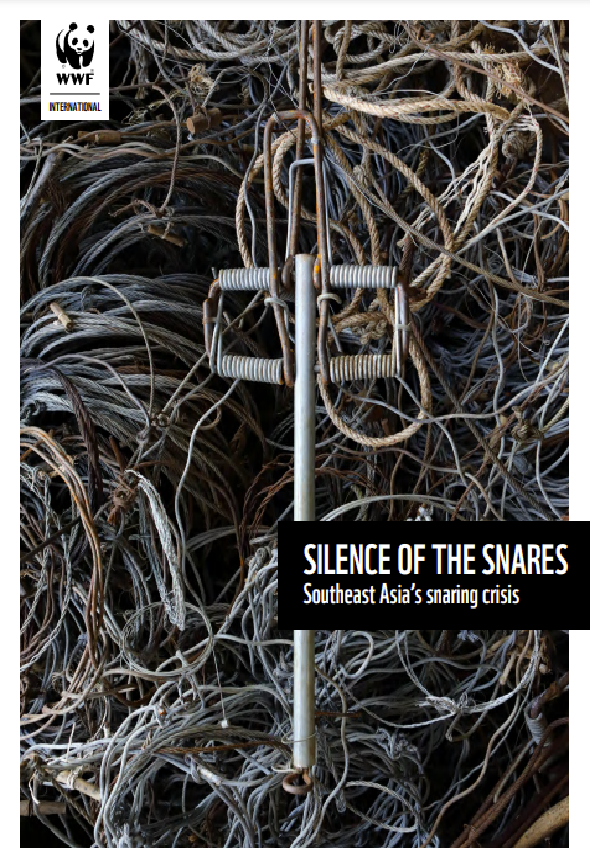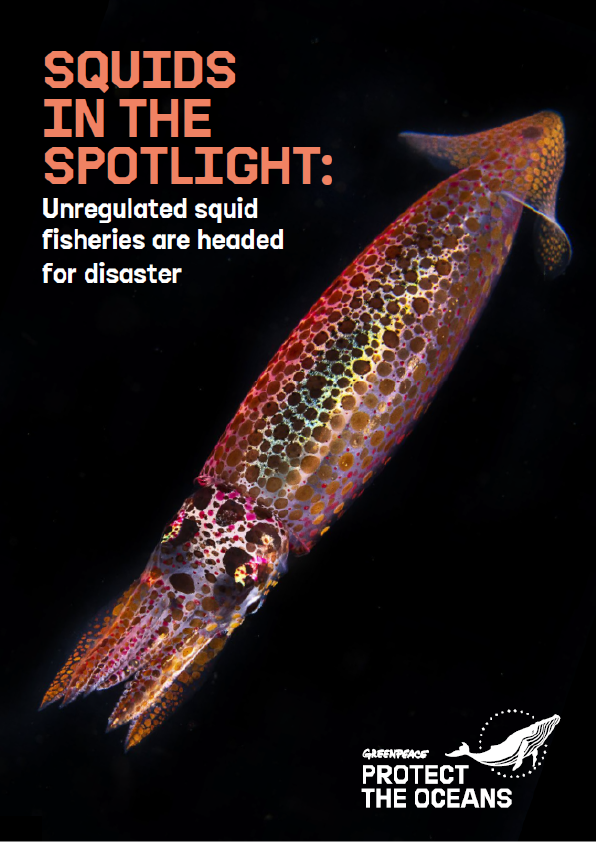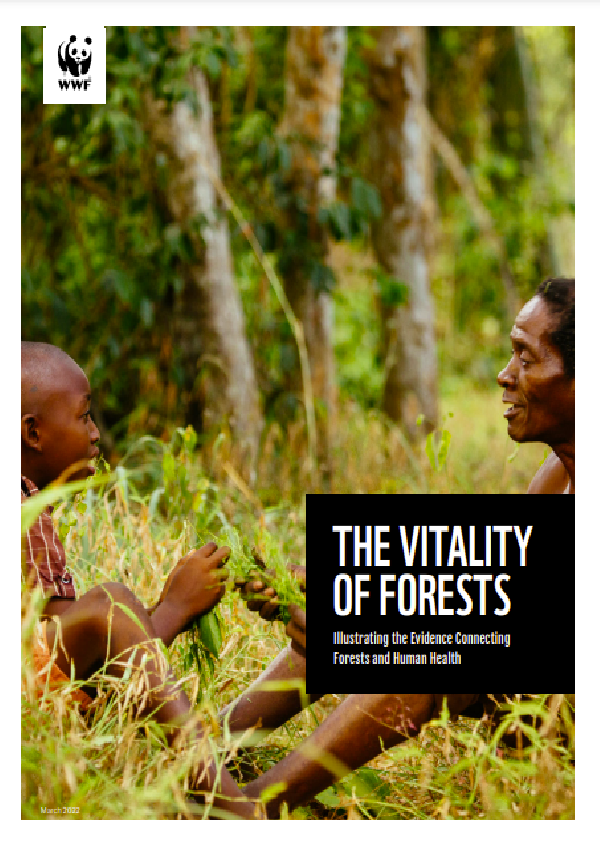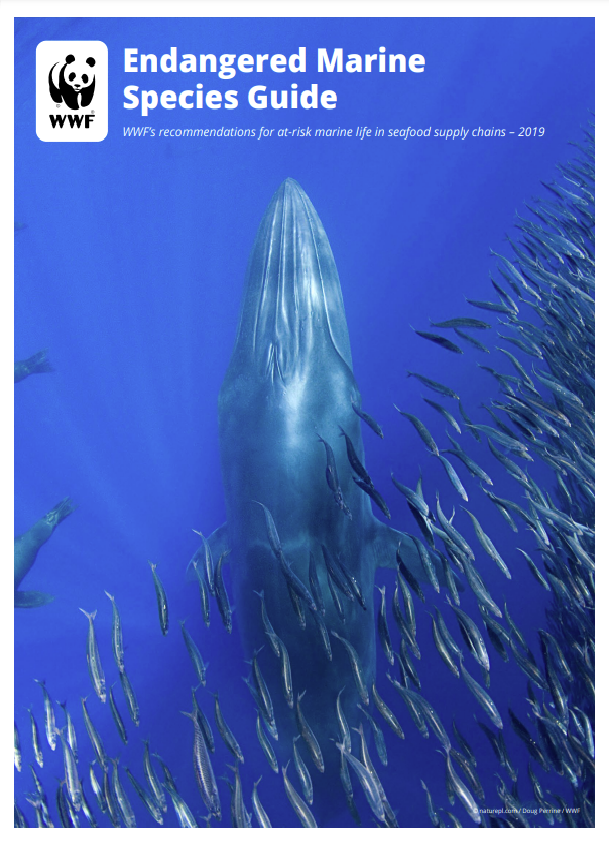Snares are contributing to a wildlife extinction crisis, while also impacting ecosystems that support human well-being across Southeast Asia. Usually made from wire cable, nylon, or rope, snares are rudimentary traps used to supply the demand for wildlife meat and products. They also increasingly supply an urban demand for wildlife, which is often consumed as a delicacy. Overall, snares impact more than 700 mammal species in the region, including rare and charismatic animals such as the Asian elephant, Sumatran rhinoceros, saola, and banteng. They are also now the greatest threat to the long-term presence of tigers in Southeast Asia.
This report details the scale of the snaring crisis, its impacts on people, nature and wildlife, and lays out a set of recommendations, which if taken holistically, could help halt and reverse this crisis.
Analyzing the largest set of data to date, WWF estimates that there are over 12 million snares present in the protected areas of Cambodia, Lao PDR and Viet Nam – a group of countries that are at the centre of the regional snaring crisis. It is these same countries where snaring has been implicated in the rapid decline and likely extinction of tigers. Evidence is provided that shows these snares to be a threat to the remaining wild tigers in other Southeast Asian countries.
The total number of snares on the ground in Southeast Asia will likely be far greater than the figures estimated in this report, which only look at a portion of the region’s total protected areas. Furthermore, snares are ubiquitous outside protected areas, and often concentrated just beyond their boundaries.
In the region, commercial poachers are setting snares in large numbers to capture animals for wildlife trade – and in many cases this trade is illegal. This trade increasingly supplies meat – often as a delicacy – to urban consumers, with the flow of wildlife from remote and rural areas negatively impacting the food security for the small proportion of Southeast Asians who rely on wildlife to meet nutritional needs. This reduces the ability of indigenous peoples to obtain benefits from nature and maintain compatible cultural practices.
A major additional concern is that from handling to consumption of wildlife, snare use increases human exposure to species carrying zoonotic diseases. As is discussed in this report, many of the animals targeted by snaring have been identified as among the highest risk for zoonotic disease transmission.
Urgent action is needed to address the threat snaring poses to wildlife, ecosystem services, and public health. WWF recommends that the governments of Southeast Asia strengthen legislation to act as an effective deterrent against snaring, with the approaches for doing so outlined in this report. More resources are required to support national protected areas and effective government law enforcement patrolling. Governments must take steps to limit the purchase, sale, transport and consumption of wildlife species that are of high risk for zoonotic disease transmission. This will include most of the ungulates and carnivores that are major targets for snaring. Demand reduction programmes built on solid evidence and understanding of snaring and wildlife consumption drivers are needed. Finally, but critically, governments must engage local communities as leaders and partners in the effort to end widespread snaring. These measures are necessary if we are to protect the ecosystems all Southeast Asians depend on.
“Snares impact over 700 mammal species in the region; these include rare and charismatic animals such as the Asian elephant, Sumatran rhinoceros, saola, and banteng.”











